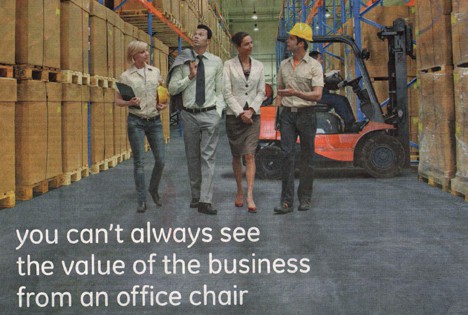New Zealand’s Department of Labour (DoL) has released a statement that illustrates a classic scenario for forklift safety. According to the statement :
“The employee was walking in a freezer when he was hit from behind by a forklift carrying a 10-carton-high pallet of packed meat. The Department’s investigation showed the height of the load impeded the driver’s view and contributed to the incident.
The employee’s hip and thigh were fractured. He was in hospital for three weeks and has only recently returned to full-time work.”
The incident occurred in April 2009 with the company being fined $NZ34,000. Continue reading “Forklift incident costs NZ company over $34,000”




